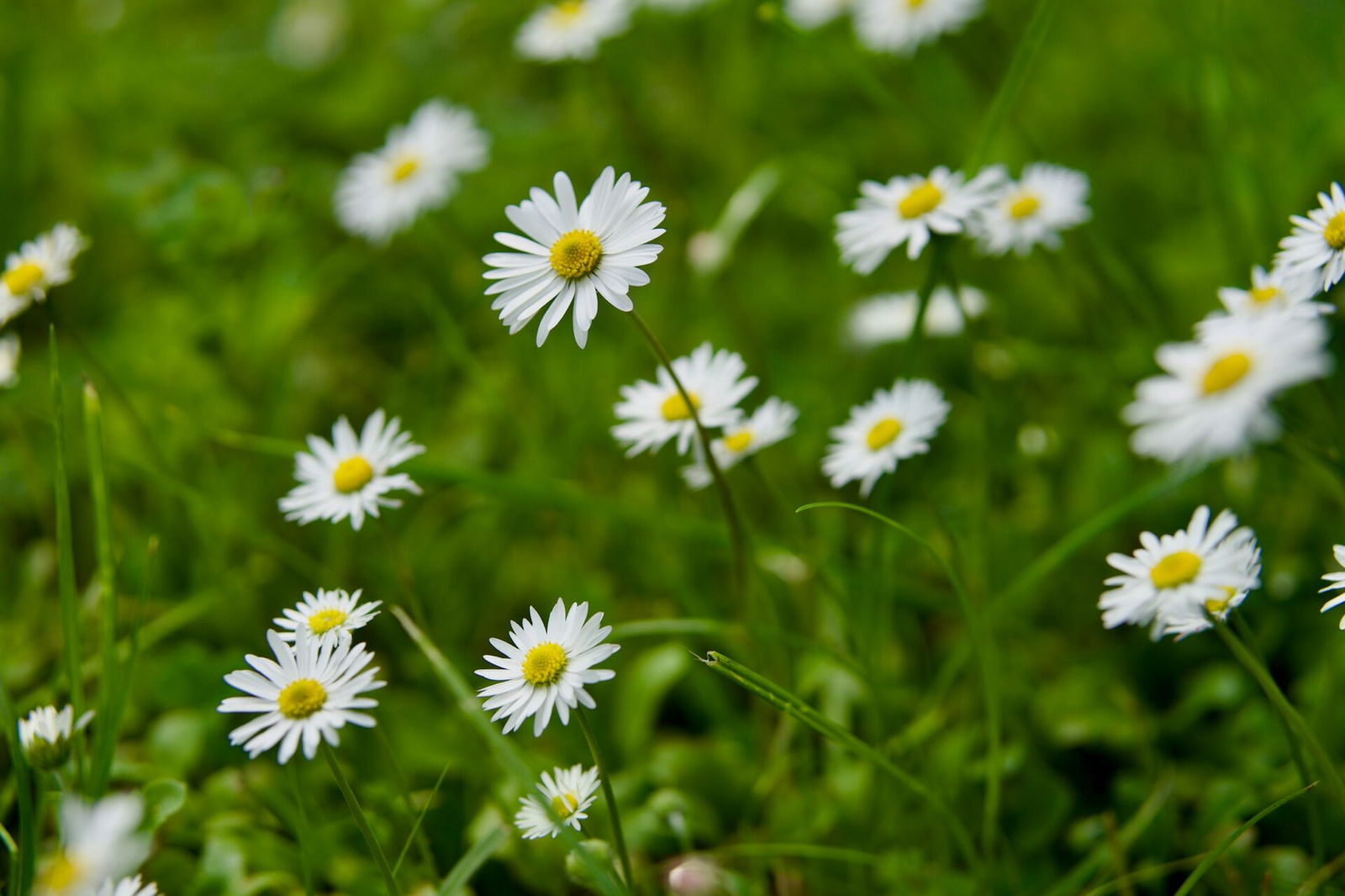The loss of someone you love can feel overwhelming
In the middle of grief, it’s hard to know what to do first. Here’s a gentle step-by-step guide to the practical things that need to happen;
1. Get a medical certificate
– If the death occurs at home, contact the GP or out-of-hours service.
– If the death occurs in hospital or a care home, staff will usually arrange this.
– The medical certificate confirms the cause of death and allows you to register the death.
2. Register the death
– In England and Wales, the death must usually be registered within five days (eight in Scotland).
– This is done at the local Register Office.
– You’ll need some details, such as the person’s full name, date of birth, NHS number (if available), and their GP’s name.
At the Register Office, you will receive:
– The death certificate (you may want several copies).
– A certificate for burial or cremation (often called the “green form”).
– Information about support, benefits, or probate if needed.
3. Choose who will help you
You have two main options:
– Appoint a funeral director – They will guide you through the process and handle arrangements.
– Do it yourself (family-led funeral) – Some families prefer to take a hands-on approach.
Both are possible. Leedam can work alongside your funeral director, or directly with you if you are arranging things yourself.
4. Consider the options
One of the most important decisions is choosing between cremation and burial.
Cremation – The body is cremated, leaving ashes.
Cremation is the most common choice in the UK. Families can decide whether to scatter, bury, or keep the ashes, often in a place of special meaning. Consider what feels right in terms of location, rituals, and how you’d like to remember the person.
Full burial (traditional) – Burial of the body in a cemetery or churchyard.
This is a familiar option, often chosen for religious or cultural reasons. Cemeteries and churchyards may have specific rules about headstones, memorials, and grave ownership. It can offer a permanent place to visit and remember.
Natural burial – A simpler, environmentally gentle burial in a meadow or woodland.
Natural burial takes place in a green space where the landscape is preserved. Instead of headstones, families may choose a native tree, wildflowers, or a simple wooden or slate marker. It creates a lasting tribute in harmony with nature.
5. Leedam – How we can help
Leedam offers both full burials and ashes burials in natural settings.
– Our burial grounds are meadows and woodlands, where nature is allowed to flourish.
– Families often tell us they find peace in the birdsong, wildflowers, and open skies.
– You can arrange directly with us, or through your funeral director.
– We provide the resting place and give you the freedom to shape the farewell. Whether that’s a quiet, private moment or a larger gathering with music, readings, or personal touches.
6. Plan the farewell
There are no rules, the ceremony can be as simple or as detailed as you wish. You might choose:
– A religious service,
– A celebrant to lead,
– Or a family-led gathering.
Music, readings, poetry, or silence, at Leedam, you have the freedom to create something personal and meaningful.
